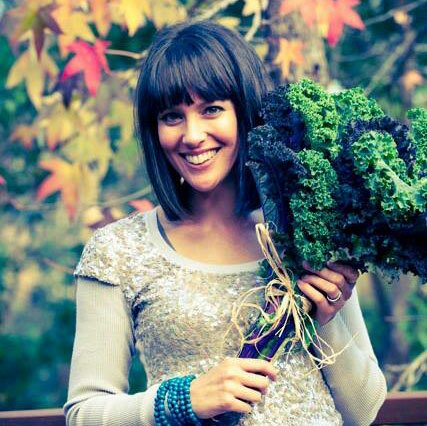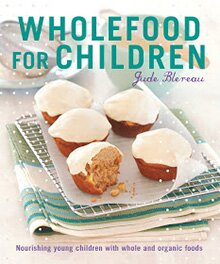Kale Pesto
 Kale is an absolute POWERHOUSE! Just look at it! Packed full of chlorophyll, it is an ancient member of the cabbage family that has been traditionally used to ease lung congestion and benefit the stomach. It also contains a wonderful amount of antioxidants, calcium, iron, vitamin C, manganese and vitamin K1.
Kale is an absolute POWERHOUSE! Just look at it! Packed full of chlorophyll, it is an ancient member of the cabbage family that has been traditionally used to ease lung congestion and benefit the stomach. It also contains a wonderful amount of antioxidants, calcium, iron, vitamin C, manganese and vitamin K1.
Making pesto from Kale is a fabulous way to reap it’s benefits as you are eating it raw and together with other nourishing ingredients to increase the absorption of the nutrients. Nifty eh! And oh so easy!!
You will need:
2 1/2 cups (tightly packed) kale, washed and torn from the stem
1/3 cup of cashews
1 large clove of garlic, chopped
130-150ml olive oil
1 teaspoon miso paste
2 tablespoons (or more) of parmesan (optional)
Combine all ingredients and 1/2 the oil. Whiz it all up in a food processor or in a bowl with a stick blender, gradually adding the rest of the oil.
That’s it! Makes about 1 1/4 cups.

This is a really gutsy pesto that packs a punch. I have used this over pasta, bean mixes, dolloped onto
…

 How fabulous is quinoa? Its versatility, nutrient profile and deliciousness have made it almost a household name, and I see it appearing more and more in cafes, restaurants and several print publications. Just in case you may have missed the news, here is a recap.
How fabulous is quinoa? Its versatility, nutrient profile and deliciousness have made it almost a household name, and I see it appearing more and more in cafes, restaurants and several print publications. Just in case you may have missed the news, here is a recap.
 Quinoa (pronounced keen-wah) is a fabulous nutrient-packed food that you should try to sneak into your diet wherever you can! And here’s why:
Quinoa (pronounced keen-wah) is a fabulous nutrient-packed food that you should try to sneak into your diet wherever you can! And here’s why:



















